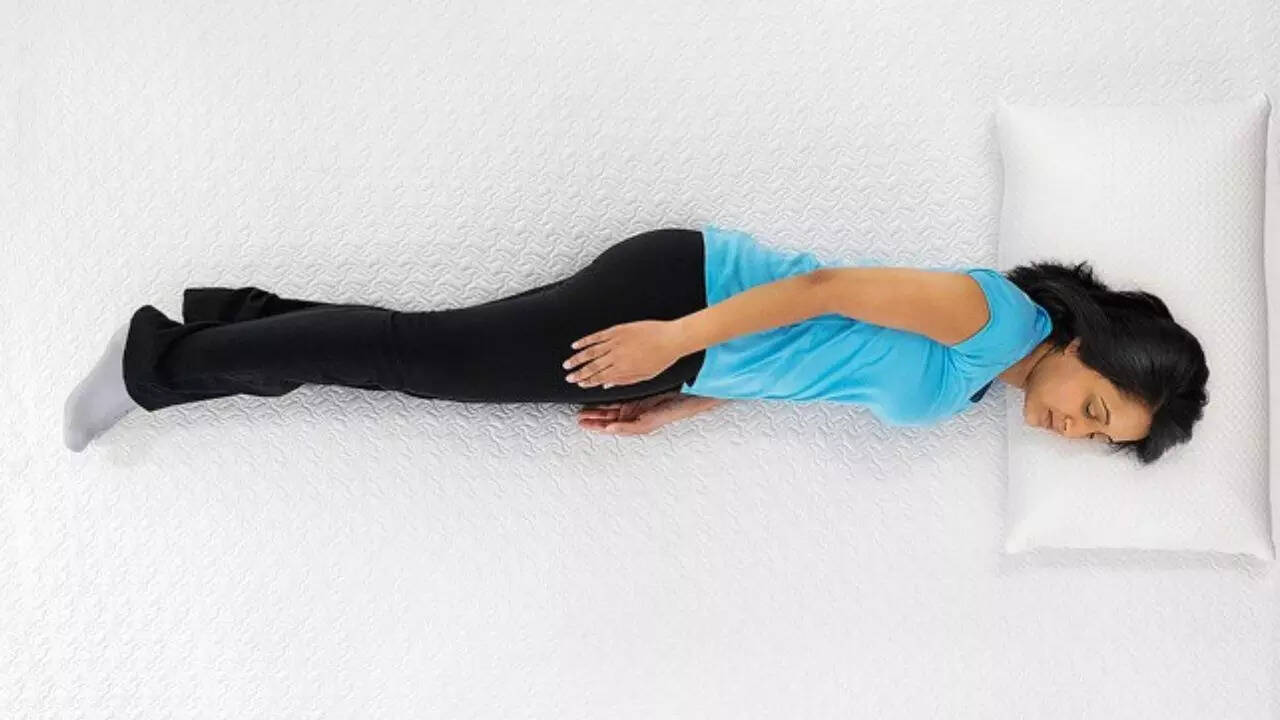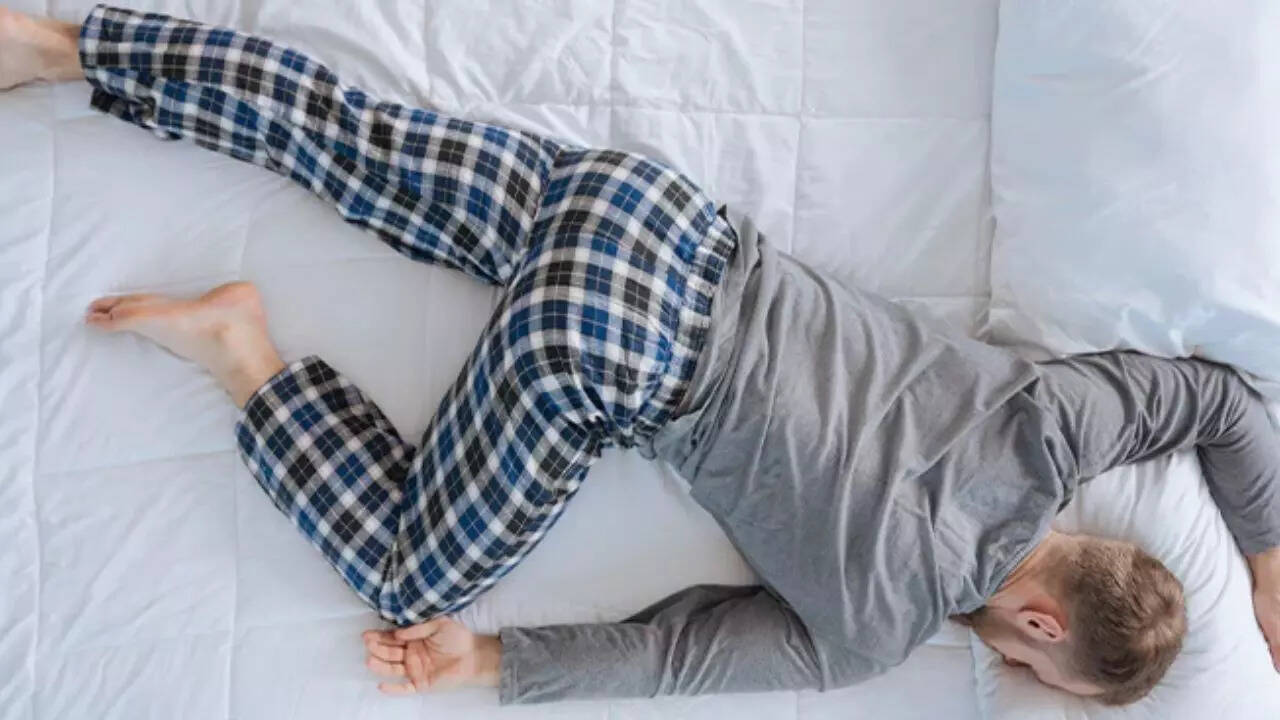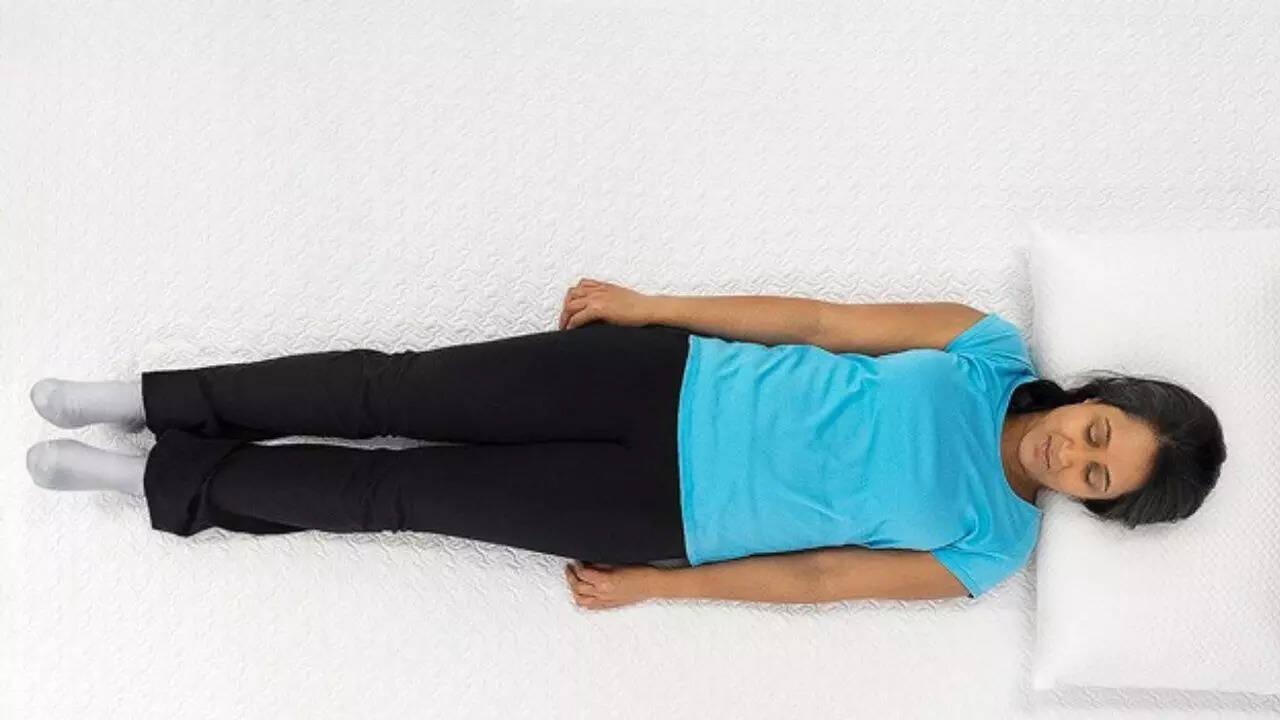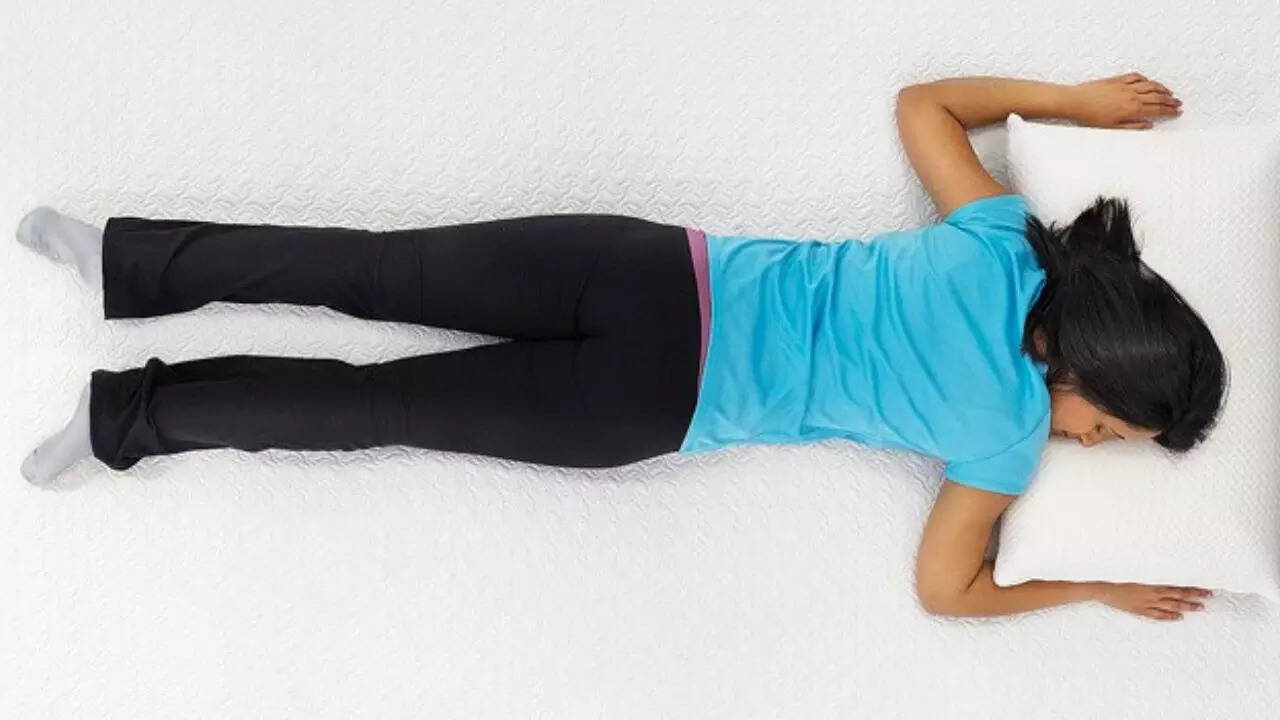Your sleep position may reveal aspects of your personality while affecting your health. Sleep isn’t just a time to rest—it’s when your body repairs tissues, consolidates memories, and restores energy levels. However, your sleep position might influence more than just comfort. Studies suggest that certain postures may affect spinal alignment, digestion, breathing, and even personality tendencies. While these correlations aren’t absolute, they offer intriguing insights into how the body and mind connect during rest. Whether you curl up in a fetal pose or sprawl out like a starfish, your sleeping habits could reveal key aspects of your physical well-being and emotional state. As reported by WebMD, different sleep positions may indicate how small adjustments can improve your nightly rest.
How different sleep positions tell about your health and personality
Fetal position

Source: Sleep Foundation
- What it looks like: You curl your knees toward your chest, often hugging a pillow.
- Personality insight: People who favor the fetal position—over 40% of sleepers, especially women—are often perceived as emotionally sensitive yet approachable. They may project a tough exterior but have a warm and compassionate nature underneath.
- Health benefits: This position reduces snoring and eases pressure on the lower back, making it ideal for individuals with back pain or pregnant women who need improved blood circulation.
- Potential issues: Curling too tightly can strain the neck and restrict deep diaphragmatic breathing.
Tip: Use a pillow between your knees to maintain spinal alignment and keep your hips relaxed.
Log position

Source: Darvin Furniture
- What it looks like: Lying on your side with both arms straight down alongside your body.
- Personality insight: Studies suggest “log sleepers” tend to be sociable, easygoing, and trusting of others. This relaxed personality type often adapts well to different social situations.
- Health benefits: The log position promotes neutral spine alignment, reducing pressure on the back and hips. It’s especially beneficial for people with chronic back discomfort.
- Potential issues: Without proper neck support, sleepers may experience stiffness or tingling in the arms due to nerve compression.
Tip: Choose a medium-firm mattress and a supportive pillow that keeps your head aligned with your spine.
Yearner position

Source: Lion mattresses
- What it looks like: Side sleeping with both arms stretched out in front of you.
- Personality insight: People in the yearner pose are thought to be cautious yet open-minded and can be persistent in decision-making once they commit to something.
- Health benefits: Side sleeping, including the yearner variation, is excellent for digestion and reducing acid reflux symptoms, especially when lying on the left side.
- Potential issues: Extended arm positions may place pressure on shoulders, causing numbness or discomfort.
Tip: Hug a soft body pillow to prevent shoulder strain and improve comfort throughout the night.
Soldier position

Source: Darvin Furniture
- What it looks like: Flat on your back, arms at your sides.
- Personality insight: Soldier sleepers are often quiet, reserved, and disciplined individuals who hold themselves—and others—to high standards.
- Health benefits: Back sleeping supports the natural curve of the spine and evenly distributes body weight, helping to prevent neck and back pain.
- Potential issues: This position can worsen snoring and may aggravate sleep apnea, leading to disrupted breathing patterns.
Tip: Elevate your head slightly with a contoured pillow or use a wedge pillow under your knees for better breathing and lower back support.
Starfish position

Source: Oura ring
- What it looks like: Lying on your back with arms spread out near the head.
- Personality insight: Starfish sleepers are believed to be good listeners, loyal friends, and individuals who avoid being the center of attention.
- Health benefits: Sleeping flat on the back in this manner reduces pressure points and maintains proper posture.
- Potential issues: This position can increase snoring and acid reflux because of the open airway angle.
Tip: Consider sleeping with your head elevated slightly and avoid heavy meals before bedtime to reduce reflux symptoms.
Freefall position

Source: Darvin Furniture
- What it looks like: Sleeping face-down with arms wrapped around a pillow and head turned sideways.
- Personality insight: Freefall sleepers—around 7% of the population—are often seen as bold, extroverted, and straightforward, though they may not take criticism well.
- Health risks: Stomach sleeping strains the cervical spine, potentially causing neck pain, numbness, and lower back discomfort.
Tip: Use a soft, thin pillow or skip the pillow altogether to prevent neck hyperextension. Alternatively, gradually transition to a side-sleeping posture for better support.
Spooning position
- What it looks like: Partners sleeping close together on their sides, one behind the other.
- Personality insight: Couples who spoon are thought to share strong emotional bonds, with the pose symbolizing intimacy and trust.
- Health benefits: Physical closeness increases oxytocin production—the hormone linked to stress relief, emotional bonding, and improved mood.
- Potential issues: Partner movements may interrupt deep sleep cycles, leading to frequent awakenings.
Tip: Use a larger mattress and breathable bedding to minimise heat buildup and allow space for movement without breaking physical contact.
Toss-and-turn sleepers

Source: Healthline
- What it looks like: Changing positions frequently throughout the night.
- Personality insight: Restless sleepers may be experiencing stress, anxiety, or discomfort caused by poor bedding.
- Health concerns: Frequent movement can prevent entry into deep sleep cycles, leading to daytime fatigue, impaired memory, and mood disturbances.
Tip:Practice relaxation techniques like deep breathing or meditation before bedtime. Ensure your mattress provides adequate support and consider replacing it every 7–10 years.
Choosing the right mattress and pillow for your sleeping position
No matter which position you prefer, your mattress and pillow play a critical role in supporting your spine and reducing discomfort.
- Side sleepers: Medium-firm mattresses and knee pillows work best.
- Back sleepers: Contour pillows and knee wedges maintain spine curvature.
- Stomach sleepers: Soft, flat pillows minimize neck strain.
- Proper bedding can make your preferred sleeping position healthier and more comfortable, improving your overall sleep quality.
 Unews World
Unews World
